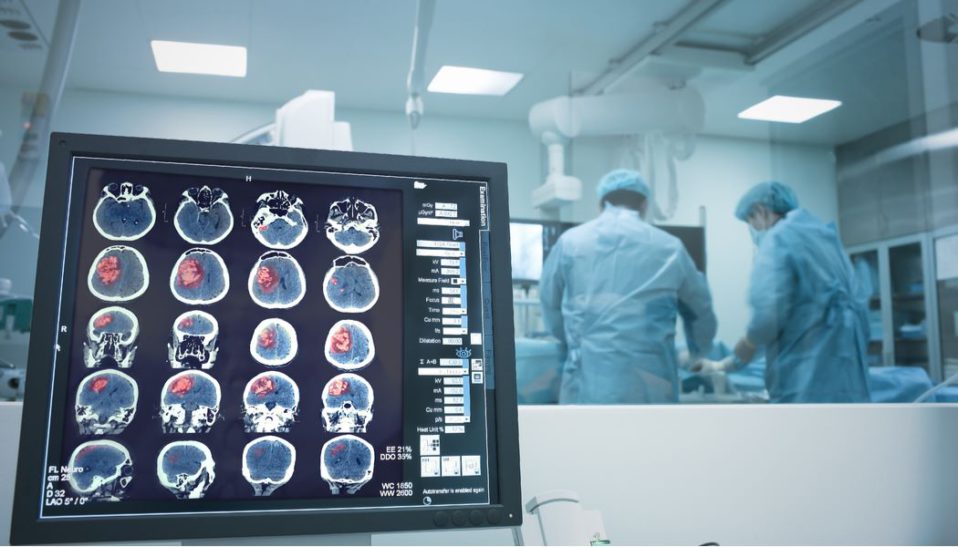Michael Wang, MD., Ph.D., member of AFCR Scientific Advisory Board
With today being the first day of May, Brain Tumor Awareness Month, I wish to highlight for you a recently produced set of best practices and guidelines pertaining to brain cancer and COVID-19.
Glioblastoma, also known as glioblastoma multiforme (GBM), is the most aggressive type of brain tumor. Average survival time after diagnosis is only 12 to 15 months, with fewer than three to seven percent of patients surviving longer than five years. Timely treatment by surgery is critical to reduce the tumor mass inside a patient’s brain, give drug therapy better chances to slow down the tumor’s progression and provide a longer survival time. However, the ongoing COVID-19 pandemic has made it difficult for surgeons to perform these and other operations in hospitals. This may cause unacceptable treatment delays for patients with certain types of glioblastoma.
To balance risks between possible tumor progression and hospital-associated COVID-19 infection, which may pose imminent danger to the life of some patients, world-class neurosurgeons at Beijing Tiantan Hospital have published guidelines to help neuro-oncologists and neuro-surgeons adopt a set of “new normal” practices in monitoring or treating patients with brain tumors such as neuroglioma and the deadly GBM. The institution’s lead neuro-surgeon, Dr. Tao Jiang, is a senior investigator associated with a U.S.-led global clinical trial program, GBM AGILE, targeting the brain tumors. The guidelines developed by him and his team are based on successful clinical experience, in compliance with U.S. best practices and serve as valuable advice for doctors and patients to take actions on.
If you are a neuroglioma or GBM patient, consult with your doctors to see whether some of the suggestions offered by Dr. Jiang’s team and listed below would be beneficial for your condition. Adapting to COVID-19’s circumstances is important.
- Before treatment begins, a comprehensive evaluation should be performed based on the information of a patient’s clinical symptoms, tumor images, molecular testing results, and planned surgery scale and location.
- For patients newly diagnosed with neuroglioma, if neurological symptoms are limited and stable, imaging shows only a low grade tumor and the tumor could still be completely removed even at a later time, postponed surgery schedule is acceptable if the patients could be closely monitored.
- In case of a high grade tumor, including GBM, if the patient is young and otherwise in good general condition, maximum resection of tumor should be performed without delay, so long as best practices to prevent coronavirus infection are in place.
- For elderly patients with a poor or worsening general condition and/or underlying disease complications, biopsy procedure or surgery are not suggested. Instead, chemotherapy should be planned according to the patient’s conditions. If a clear diagnosis can’t be reached because of limited imaging information on hand, follow-up MRI procedures are suggested every three to six months in order to evaluate the speed of tumor progression. Treatment plan should then be developed for the patient accordingly. Until a clear understanding of tumor’s feature is obtained, no aggressive therapy should be given to elderly patients.
- Knowing the biomarker test result of your tumor is critical for treatment plan selection. If a patient with recurrent GBM has the biomarker called “wild type IDH,” surgery should be scheduled quickly—as that type of tumor usually grows rapidly and causes harmful neurological symptoms. If a recurrent GBM patient has the biomarker called “MGMT positive,” surgery could be postponed under close monitoring procedures, as this type of GBM is more controllable by chemotherapy drugs such as Temozolomide (TMZ).
- If a patient is currently accepting tumor treating fields (TTF) treatment, the procedure should be performed remotely, such as at home, and appropriate training should be provided to patients or their family members so as to reduce the risk of being unnecessarily exposed to coronavirus in hospital settings.
The “new normal” practice guidelines introduced above are filled with actionable information for neuro-surgeons and neurologists to make appropriate adjustments to the treatment plans for patients with newly diagnosed or recurrent neuroglioma or GBM. I hope the information is beneficial for you or your loved ones who may be fighting brain tumors in the midst of the COVID-19 pandemic.
References:
- “New Normal” Practice Guidelines and Suggestions for Glioblastoma Patients in the Midst of COVID-19 Pandemic. https://www.sohu.com/a/391066371_130047
- Mission of GBM AGILE. https://www.nfcr.org/gbm-agile/

